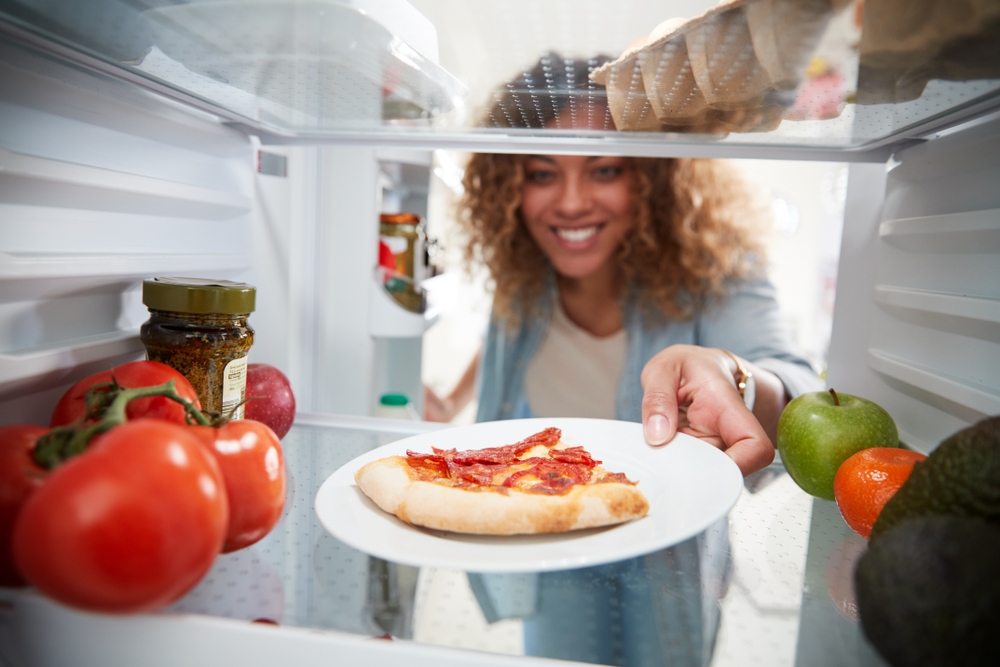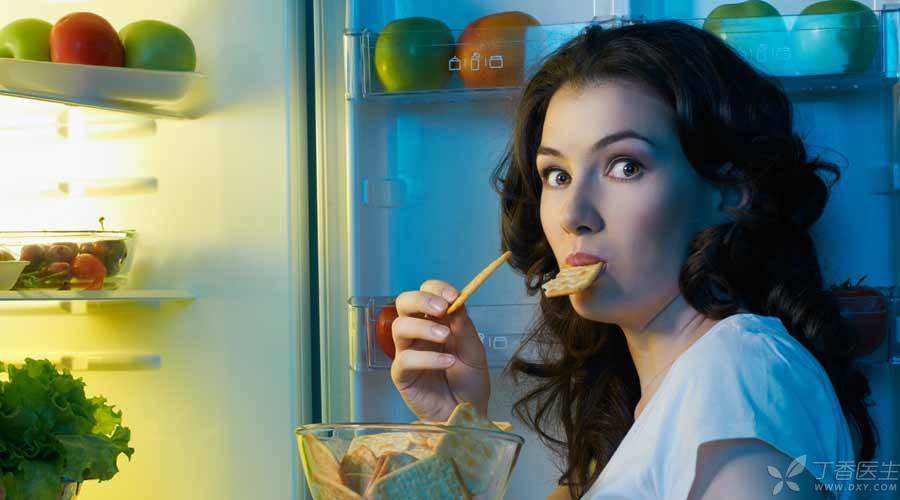
With the popularization of refrigerators, more and more attention has been paid to how to use refrigerators.
When we need to store hot dishes, should we put them in directly or put them in after cooling?
Two completely different answers can be found on the Internet: some people say [should] put it directly, so some people say [cannot] put it directly but should put it cool first.
Before answering the question of whether to play, let’s look at it first:
What happened from the time the dish was taken out of the pan to the next time it was taken out of the refrigerator.
First of all, food may contain pathogenic bacteria, and heating is an effective means to kill bacteria.
For most foods, we need to cook them-killing pathogenic bacteria is one of the main reasons for cooking food. However, some bacteria are very tenacious and cannot be completely killed by ordinary cooking, especially for those dishes that are quickly fried, and quite a few bacteria may succeed.
When we stir-fry the dishes and cool them in the air, some bacteria may fall on the food in the air.
When the temperature of food drops below 60 ℃, bacteria begin to grow. When the temperature drops to 40 ~ 30 ℃, the bacteria will be very happy and grow like single spark can start a prairie fire. Until it drops to 7 ℃, most bacteria stop and enter a [dormant] state.
When we put food in the refrigerator, we use the low temperature in the refrigerator (the temperature in the refrigerator is generally around 4 ℃) to inhibit the growth of bacteria.
What needs to be known is:
First, refrigerators cannot kill bacteria, but only inhibit their growth.
Second, [inhibition] is not [stop] either. There are still some [hard-working] bacteria that can grow in the refrigerator.
Therefore, in order to safely preserve food in the refrigerator, two points should be paid attention to: 1. Minimize bacteria in food; 2. Try to shorten the storage time and eat the food before those tenacious bacteria become climatic.
[Cool Food] Gives Bacteria Time to Grow
Hot dishes take longer to cool in the air than they do directly in the refrigerator. In this way, the food will stay at a temperature suitable for bacteria to grow for a longer time. Bacteria grow very fast, and at the most suitable temperature, some bacteria can double in less than half an hour.
In other words, compared with [putting hot dishes directly into the refrigerator], the food will contain more bacteria when it drops to the same temperature.
Because there are more starting bacteria, the increase of [cool first] vegetable bacteria will be faster during the storage time in the refrigerator.

[Put it directly into the refrigerator] Increases the burden on the refrigerator,
The duty of the refrigerator is to take away the heat from the food through the operation of the refrigeration system, thus reducing the temperature to the refrigeration temperature and then maintaining the refrigeration temperature.
The more heat that needs to be taken away, the greater the [burden] of the refrigerator and the more electricity that will be consumed. In addition, if the hot dishes are not sealed, a large amount of water vapor will evaporate and then condense on the condenser tube of the refrigerator, which will also affect the operation of the refrigerator. This is why many people think that [hot dishes cannot be put directly into the refrigerator].
However, we should be more concerned about [how much influence] than [whether there is influence].
The [burden] of the refrigerator depends not only on the temperature of the food, but also on the amount of heat to be taken away. The amount of heat to be taken away is determined by the temperature, specific heat and total amount of the food. For the same dish, the total amount is the same. To simplify the discussion, we assume that the specific heat does not change with the temperature, so the amount of heat to be taken away is determined by the temperature.
Assuming that hot dishes are 80 ℃, 30 ℃ after [cooling] and the refrigeration temperature of the refrigerator is 5 ℃, then the former needs to be reduced by 75 ℃ and the latter needs to be reduced by 25 ℃. The burden of the former on the refrigerator is 3 times that of the latter, and this burden does not exist after refrigeration.
The figure of 3 times sounds quite large, but you can change the angle: putting 3 plates of cool dishes at the same time will bring 3 times the burden on the refrigerator as a plate of hot dishes; If a dish weighs 1 kg, the burden on the refrigerator caused by putting a 10 kg watermelon may exceed it by 10 times (watermelon has high water content and specific heat may be greater than that of ordinary dishes).
In other words, if putting a watermelon will not cause harm to your refrigerator, then putting one or two hot dishes will not cause harm. If putting in a watermelon will cause your refrigerator [too much burden], then what you buy should be a fake refrigerator-you may as well collect good evidence and claim compensation!
In addition, I would like to remind you that whether it is hot or cold dishes, they should be sealed when put into the refrigerator (plastic wrap can be used to seal them)!
This can not only prevent water vapor from frosting on the condenser tube, but also prevent bacteria in the air from falling into vegetables.
Should we [put it directly] or [put it cool again]
It is not difficult to see from the previous analysis:
[Direct Discharge] will slightly increase the burden on the refrigerator and consume a little more electricity, but it is all within the normal operation range of the refrigerator.
[Put it cool and then put it] will lead to a certain increase in bacteria in food, but if it is not stored in the refrigerator for a long time (for example, it will be eaten after one or two meals), then the increase in bacteria is still within an acceptable range.
That is to say, for the sake of the refrigerator, it should be [put it cool before putting it]; For your own sake, you should [put it directly].
No matter which one is chosen, it is necessary to bear the [disadvantages] brought by each-of course, the disadvantages of each are also within the scope of acceptance.
If cooked food needs to be kept for a long time-for example, some people eat it for several days at a time, then the problem of bacteria must be considered. In commercial food, those foods that still need to be refrigerated after heating must be quickly lowered to the refrigeration temperature.
In the [risk analysis] of this kind of food, the packaging temperature after heating and the cooling time are both crucial [key points]-if the cooling speed cannot meet the requirements of the regulatory agencies, the manufacturer cannot obtain the production license.
